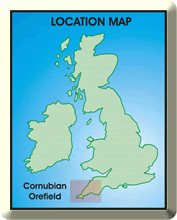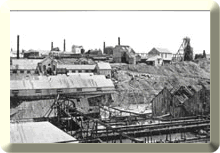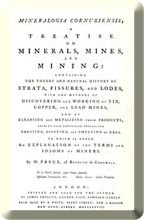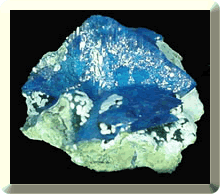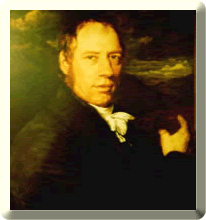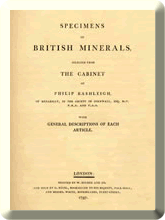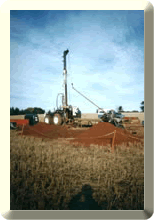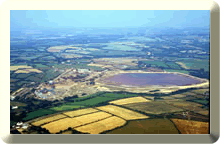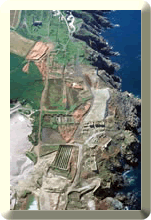
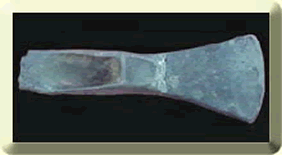 |
The metalliferous deposits found in this world famous orefield have been exploited from the Bronze Age, some 2500 years B.C., to the end of the last century. |
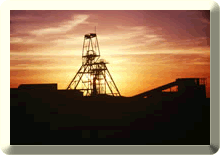 |
Bronze palstave |
South Crofty Mine |
Remains of the most intense period of activity are present in the form of engine houses and spoil tips, some of which lie in spectacular settings. |
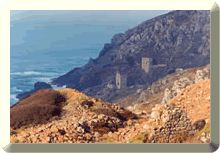 |
Crowns engine houses |
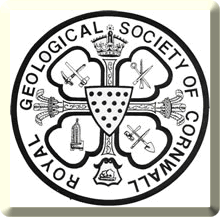 |
The geological importance of the region was promoted by the establishment of the Royal Geological Society of Cornwall in 1814, one of whose members was Sir Humphry Davy, and later mining schools, the most famous of which is the Camborne School of Mines that survives to this day. |
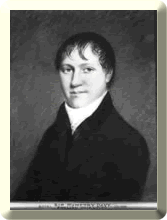 |
Royal Geological Society of Cornwall |
Sir Humphry Davy |
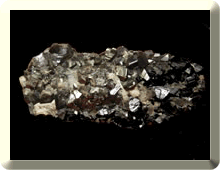 |
Although world renown for the production of tin ores in the form of cassiterite or tin oxide (SnO2), it has produced a substantial tonnage of copper as well as eleven other metals/metalloid and other minerals. |
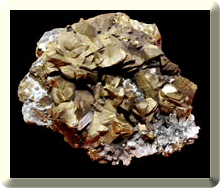 |
Cassiterite (tin ore) |
Chalcopyrite (copper ore) |
|
|
|||||||||||||||||||||||||||||||||||||||||||||||||||||
It should be noted that many parts of the Cornubian Orefield lie either on land owned by private individuals, or established bodies such as the National Trust , and Trevithick Society . Geological conservation is most important and many outcrops and mine waste dumps are either Sites of Special Scientific Interest (SSSI) or Regionally Important Geological Sites (RIGS ) and are therefore protected, hammering and collection are not permitted. Parts of the orefield in Cornwall have been designated a UNESCO World Heritage Site since July 2006 (Cornish Mining Landscape World Heritage ) and there are bids for the status of a Geopark . Membership of a society such as The Ussher Society, The Geologists' Association or Russell Society is encouraged.
The geology and mineralization topics for this site have been drawn from:
Bromley, A.V. 1989. Field Guide – the Conubian orefield.
6th International Syposium on Water-Rock Interaction, Malvern, UK.
Pattrick, R.A.D. and Polya, D.A. (eds.). 1993. Mineralization in the
British Isles. Chapman and Hall.
Bristow, C.M. 1996. Cornwall’s Geology and Scenery, Cornish Hillside
Publications.
Selwood, E.B., Durrance, E.M., Bristow, C.M. (eds.).1998. The Geology
of Cornwall, University of Exeter Press.
Embrey, P.G. and Symes, R.F. 1987. Minerals of Cornwall and Devon. British
Museum (Natural History), London.
A bibliography for the Cornubian Orefield can be downloaded by clicking here and local guides here.
Specimens of minerals and rocks shown on the is site are from the collections of the Camborne School of Mines, University of Exeter in Cornwall, Penryn, Cornwall and a tour of the CSM museum can be seen at this link, Royal Cornwall Museum, Truro, Cornwall, Royal Geological Society of Cornwall, Penzance, Cornwall, Bodmin Town Museum, Mr Courtenay Smale, Mr Bruce Grant, Mr Charles Smith, Dr Richard Scrivener and an anonymous collector.
Selected photographs have been provided by the Historic Environmental Service, Environment and Heritage, Cornwall County Council (and are the copyright of Cornwall, County Council) and Charles Winpenny (and are copyright). http://www.cornwallcam.co.uk
Certain maps and diagrams used on this site have been modified from those originally drawn by Dr N. LeBoutillier.
This site was last updated on
Monday, January 15, 2007 4:39 PM
.
Webmasters : Simon Camm & Paul
Hedley
